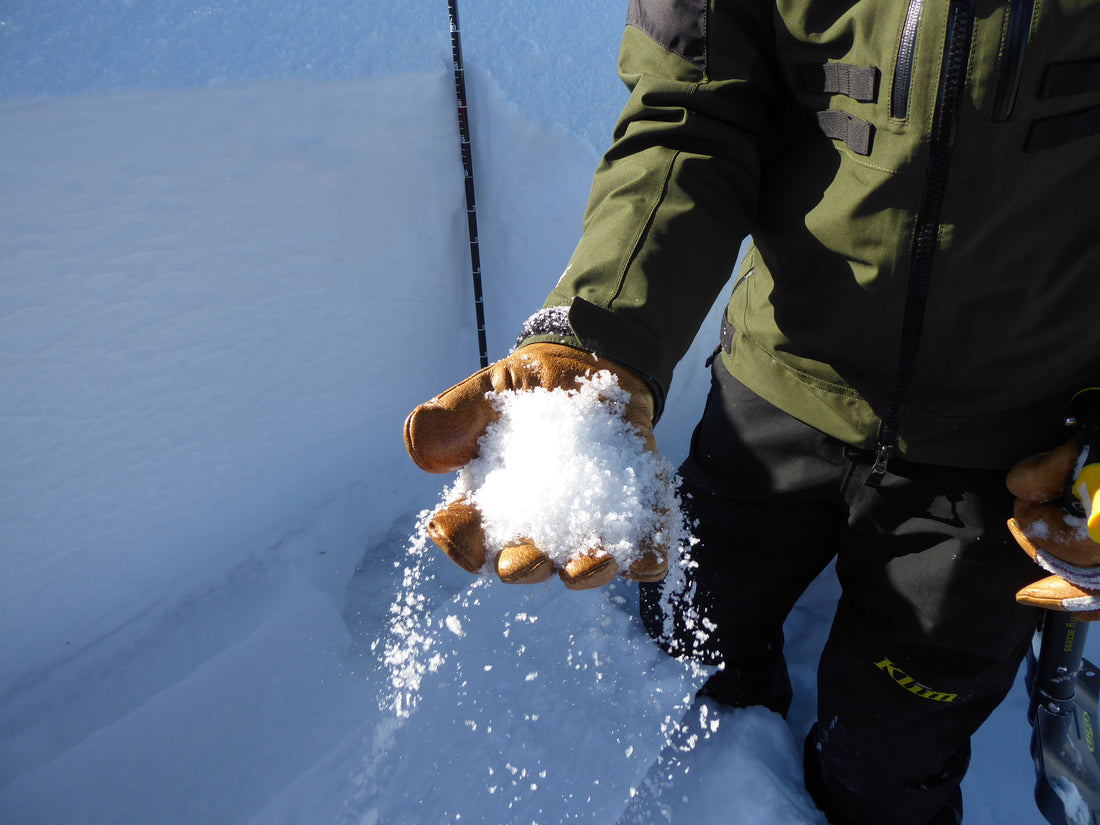Within the intricate world of snow science, basal facets emerge as a prominent type of persistent weak layer that typically takes root at the very base of the snowpack. As these basal facets undergo transformation, evolving into larger, more striated grains, they assume the name "depth hoar." In their most advanced form, depth hoar manifests as chains of cup-shaped crystals, some of which can reach sizes of up to 10 mm.
Pervasive Avalanche Implications
These weak layers, whether basal facets or depth hoar, often become integral components of avalanche dynamics, particularly Persistent or Deep Persistent Slab avalanches that engage the entire snowpack. Their presence and characteristics can significantly affect avalanche risk assessment.
Formation and Tenacity
Depth hoar tends to take shape in areas where the seasonal snowpack remains shallow and exposed to extended periods of frigid temperatures. These conditions give rise to a substantial temperature gradient between the relatively warm ground and the snowpack. Once established, depth hoar displays remarkable tenacity, often persisting throughout an entire season.
Influence of Terrain
The distribution of depth hoar varies depending on the specific terrain that harbored shallow, early-season snow coverage. Typically, it congregates in regions with higher elevations and shadier aspects, where snow coverage lingers during early-season dry spells. This nuanced understanding of depth hoar distribution plays a pivotal role in avalanche forecasting and safety assessments.

